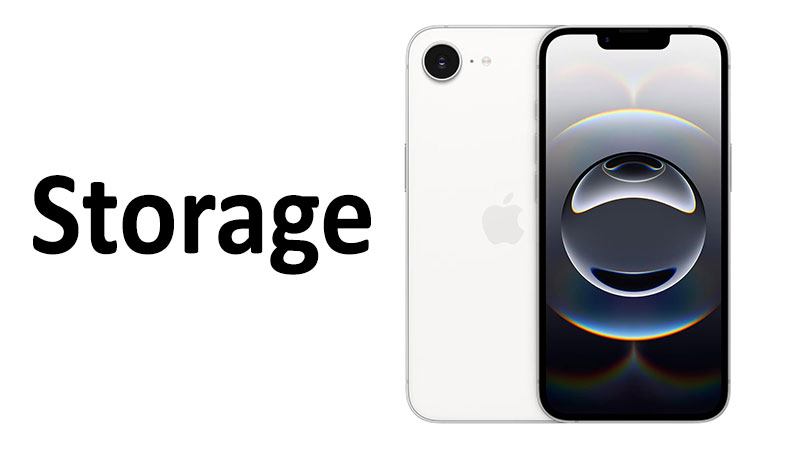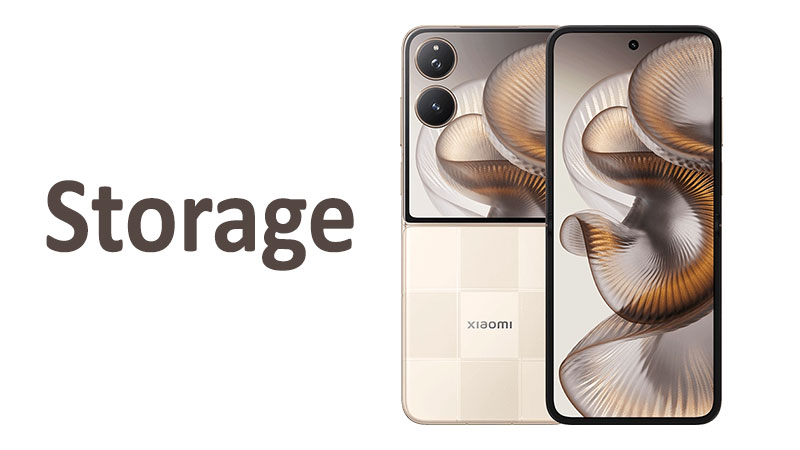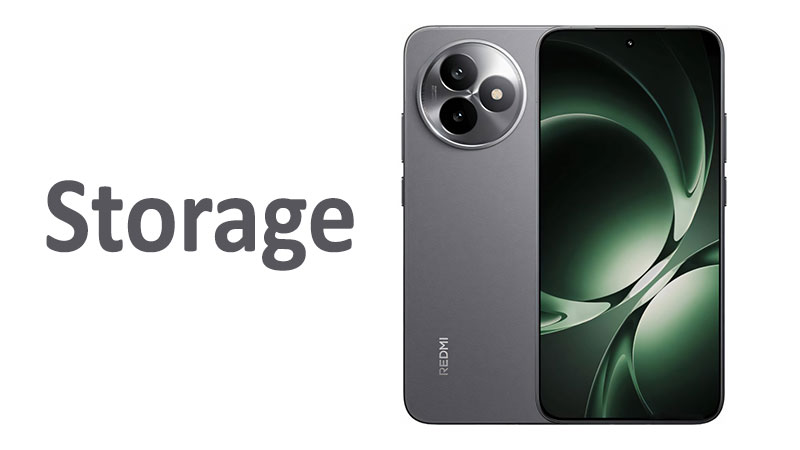The topic of smartphone storage has never been more critical. As we capture more photos, record high-resolution videos, and download countless apps, the available space on our devices becomes a primary concern. The Apple iPhone 16e storage options are particularly important for consumers. This model is designed to be a more accessible entry point to the latest iPhone series, but its storage capabilities are a key factor in its value proposition. Understanding the capacity and type of storage in the iPhone 16e is essential for making an informed purchasing decision.
This comprehensive guide will delve into every aspect of the iPhone 16e’s storage, from its available capacities to the technology behind it. We’ll explore how its storage compares to previous models and competitors. We will also provide practical advice to help you choose the best storage size for your needs, ensuring you get a device that keeps up with your digital life.
Available Capacities and Pricing
Apple offers the iPhone 16e with three distinct storage options. These capacities are designed to cater to a range of users, from those with basic needs to more demanding consumers. The options are:
- 128GB: This is the base model. It is the most affordable option. It is suitable for users who primarily stream content. This includes music and movies. It’s also for those who rely on cloud services like iCloud.
- 256GB: This middle-tier option is considered the sweet spot for most users. It provides ample space for a large number of apps, games, photos, and videos. It’s an excellent choice for those who want to use their phone without constantly worrying about storage.
- 512GB: This is the top-tier offering for the iPhone 16e. It is perfect for heavy users and content creators. It provides vast amounts of space for high-quality video recording, large application libraries, and extensive photo collections.
The pricing of these models reflects the storage capacity. The jump from one tier to the next represents a significant cost increase. This makes the initial decision even more important. It is not possible to upgrade the internal storage later.
The Technology Behind the Storage
The iPhone 16e utilizes a specific type of storage technology. Apple’s internal storage is a custom-designed NVMe (Non-Volatile Memory Express) solution. This is the same type of technology used in high-performance computers.
NVMe offers several advantages. The most notable is its speed. It provides incredibly fast read and write speeds. This translates to a more responsive user experience. Apps open faster, large files transfer quickly, and the phone’s overall performance is snappy. This is crucial for tasks like editing high-resolution video directly on the device.
This technology is a key component of the iPhone’s seamless performance. It works in conjunction with the powerful A18 chip. The A18 chip allows for efficient data processing. This combination ensures that the phone’s storage doesn’t become a bottleneck.
iPhone 16e Storage vs. iPhone 15 and Competitors
A direct comparison highlights the iPhone 16e’s position in the market.
Comparison with iPhone 15
The iPhone 15 series also started with a 128GB base model. The iPhone 16e mirrors this approach. However, there are subtle but important differences. The iPhone 16e’s storage, paired with the newer A18 chip, may offer slightly better performance. This is due to hardware and software optimizations. The core storage capacity options remain the same. This means users of the previous generation will find the storage tiers familiar.
Comparison with Android Competitors
Many Android phones offer expandable storage. This is a key difference. They use microSD card slots. This allows users to add more space at a lower cost. It also provides flexibility. For example, a user could buy a 128GB phone and add a 512GB microSD card later.
Apple’s approach is different. The iPhone 16e, like all iPhones, has fixed, non-expandable storage. This has both pros and cons.
- Pros of Fixed Storage:
- Better Performance: Integrated NVMe storage is generally faster than microSD cards.
- Enhanced Security: A closed system is less vulnerable to security threats.
- Simplicity: No need to manage external cards or worry about compatibility.
- Tighter Integration: The hardware and software are optimized to work together.
- Cons of Fixed Storage:
- No Expansion: You are stuck with the capacity you choose.
- Higher Upfront Cost: You must pay for all the storage you might need on day one.
- Less Flexibility: You cannot move files easily by swapping a card.
Important Points for Buyers
Choosing the right iPhone 16e storage capacity is a crucial decision. Here are some key factors to consider before you buy.
- Your Usage Habits:
- Light Users (128GB): If you primarily use your phone for social media, web browsing, and streaming, 128GB is likely sufficient. This is also true if you use cloud services for photos and videos.
- Average Users (256GB): This is the safest bet for most people. It provides peace of mind. You can download games, take many photos, and record some 4K video without running out of space.
- Heavy Users & Creators (512GB): Choose this option if you are a professional. This includes photographers, videographers, or a mobile gamer. The extra space is invaluable for high-resolution content.
- The iOS Operating System:
- A portion of the advertised storage is used by the operating system. iOS and pre-installed apps take up a significant amount of space. This reduces the actual available storage. For example, a 128GB model may have only around 110-115GB of usable space out of the box.
- High-Quality Content:
- 4K video takes up a lot of space. A single minute of 4K video at 60fps can be over 400MB. If you plan to record a lot of video, a larger storage capacity is non-negotiable.
- Apple’s ProRAW format for photos also creates very large files. These files are perfect for editing but consume storage rapidly.
- Future-Proofing:
- Consider how long you plan to keep your phone. If you upgrade every year, a smaller capacity might be fine. If you plan to use the iPhone 16e for three or more years, a larger storage size is a wise investment. Your needs will likely grow over time.
Pros and Cons of iPhone 16e Storage
Pros
- Fast NVMe Technology: Provides exceptional performance.
- Sufficient Capacities: The 128GB, 256GB, and 512GB options cover most user needs.
- Seamless Integration: The storage works flawlessly with the A18 chip and iOS. This ensures a smooth user experience.
- No Confusion: No need to choose between different types of memory cards or worry about performance differences.
Cons
- No Expandable Storage: The most significant drawback. You cannot add a memory card.
- Higher Cost: Upgrading to a larger capacity is expensive.
- Upfront Decision: The storage decision is permanent. You must get it right from the start.
Conclusion
The Apple iPhone 16e storage offers a streamlined and high-performance solution. Its NVMe technology, while not user-expandable, provides a smooth and fast experience. The available capacities of 128GB, 256GB, and 512GB are well-chosen to meet the needs of different users.
Choosing the right storage size comes down to your individual habits and future plans. For the majority of users, the 256GB model is the most sensible option. It strikes a perfect balance between cost and usability. It provides plenty of space for apps, photos, and videos without the constant worry of running out of room.
The 128GB model is a viable choice for budget-conscious individuals who are comfortable managing their data with cloud services. It is also suitable for those who do not store a lot of media locally. However, for anyone who loves taking photos or recording videos, this capacity can fill up quickly.
The 512GB option is an investment for the future. It is a premium choice for power users, content creators, and professionals. It eliminates any concerns about storage for the lifespan of the device.
In conclusion, the iPhone 16e offers excellent storage performance. Its non-expandable nature requires careful consideration. By assessing your personal use case and anticipating future needs, you can select the perfect storage capacity. This ensures your new iPhone will serve you well for years to come.
FAQ
Can I expand the storage on my iPhone 16e?
No. The Apple iPhone 16e, like all iPhones, does not have a microSD card slot. Its internal storage is fixed and cannot be expanded.
What type of storage does the iPhone 16e use?
The iPhone 16e uses Apple’s custom-designed NVMe (Non-Volatile Memory Express) storage. This technology provides very fast read and write speeds.
Is 128GB of storage enough for the iPhone 16e?
For light users who stream most of their content and use cloud services for backups, 128GB can be enough. For anyone who takes many photos, records 4K video, or downloads large apps and games, it is not recommended.
How much space does the operating system take up?
A significant portion of the advertised storage is used by iOS and pre-installed apps. This can be between 10GB and 20GB. The actual usable space is therefore less than the total capacity.
What is the main difference between iPhone 16e and Android storage?
The main difference is expandability. Most Android phones offer a microSD card slot for expandable storage. The iPhone 16e has fixed, non-expandable internal storage.



